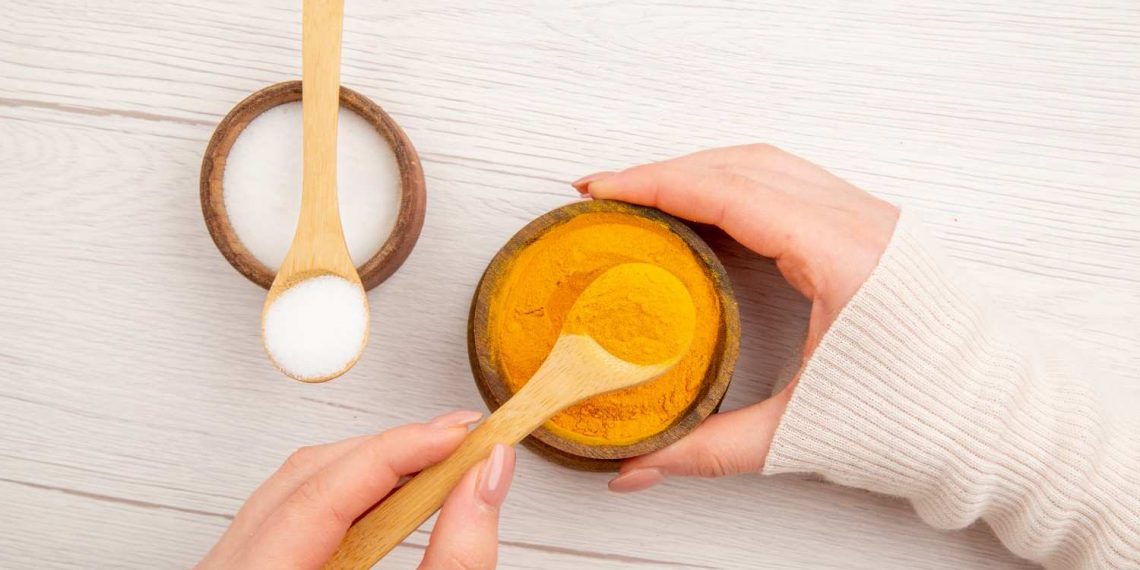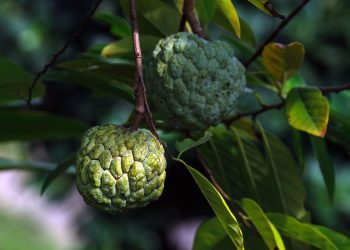5 Amazing Benefits of Turmeric for Glowing Skin
Midday slump meets your favorite mug. As you sip on golden-hued turmeric tea, you might not realize this spice is a powerhouse for your skin. Beneath its earthy flavor lies a treasure trove of benefits that could help you achieve a radiant complexion. Turmeric isn’t just a kitchen staple; it’s been revered for centuries in traditional medicine, particularly in Ayurvedic and Chinese practices, as a remedy for various ailments. In this article, we’ll explore five compelling benefits of turmeric for your skin—along with some limitations and actionable advice—for a truly glowing experience.
Contents
1. Anti-Inflammatory Properties
One of turmeric’s most celebrated components is curcumin, known for its potent anti-inflammatory effects. Chronic inflammation is often the silent culprit behind myriad skin issues, including acne, eczema, and premature aging. A recent study published in the Journal of Clinical and Aesthetic Dermatology highlights how curcumin can reduce inflammatory markers in the skin, promoting healing and a clearer complexion (Bakhshaee et al., 2020).
Applying a turmeric mask can directly target these flare-ups. Simply mix turmeric powder with honey and yogurt, apply for about 10 to 15 minutes, and rinse it off with warm water. You might notice a reduction in redness and swelling almost immediately. However, be cautious: turmeric can stain your skin temporarily, so it’s advisable to do a patch test before applying it widely.
2. Antioxidant Effects
Thanks to its powerful antioxidant properties, turmeric fights off free radicals—unstable molecules that damage skin and accelerate aging. A study in the Journal of Drug Delivery and Therapeutics emphasizes that curcumin can neutralize these harmful agents, effectively protecting your skin from oxidative stress (Manu et al., 2022).
Incorporating turmeric into your diet—think soups, smoothies, or golden milk—can also enhance your skin’s resilience. However, remember that oral consumption takes time; topical applications might yield quicker visible results. When combined into face masks or serums, you can see a glow that outshines your regular skincare routine.
3. Brightening Effect
Naturally, everyone wants a bright and even complexion. Turmeric has been historically recognized for its skin-brightening capabilities, often utilized in traditional beauty rituals. A study from the British Journal of Dermatology found that curcumin can inhibit the production of melanin, the pigment that can lead to dark spots (Huang et al., 2019).
Whether you choose to apply a turmeric and lemon juice mixture or a commercially available turmeric serum, playful experimentation can lead to delightful surprises. However, be careful combining turmeric with lemon if you have sensitive skin, as citrus can irritate some complexions.
4. Enhancement of Skin Elasticity
Curcumin may also support your skin’s natural barrier function and enhance its elasticity. This becomes increasingly significant as we age when collagen production declines, leading to sagging and wrinkles. A research paper published in Phytotherapy Research highlights that curcumin promotes collagen synthesis, which could help maintain the skin’s firmness (Zhang et al., 2021).
To incorporate this into your routine, consider using a turmeric-infused moisturizer or creating a topical blend with carrier oils like coconut or jojoba, which are renowned for their moisturizing properties. While it’s not a magic fix, continuous use can yield improvements over time. Just be prepared to combine this with a consistent skincare ritual to maximize benefits.
5. Wound Healing
Turmeric has long been used in traditional medicine to aid wound healing. This benefit can be attributed to its antibacterial and anti-inflammatory properties. In a comprehensive review published in the International Journal of Molecular Sciences, researchers found that curcumin enhances wound healing by modulating various biological processes, including inflammation and tissue regeneration (Navarro et al., 2021).
If you experience minor cuts or abrasions, a turmeric paste may promote faster healing. Combine turmeric powder with water or aloe vera gel and apply it directly to the wound. However, for serious injuries, always consult a healthcare professional rather than relying solely on home remedies.
Limitations and Cautions
While turmeric offers remarkable benefits, it’s not a universal solution for everyone. Some individuals may experience allergic reactions or skin sensitivities, especially with topical application. A patch test is always a prudent initial step. Additionally, turmeric may temporarily stain the skin, as mentioned earlier. Efforts to remedy this could involve banana peels or aloe vera, known for their soothing properties.
Also, turmeric’s effects are gradual. It requires consistent application or consumption to achieve lasting results. Be patient; skincare is often a marathon, not a sprint.
FAQs
1. Can I use turmeric daily on my skin?
Yes, many people incorporate turmeric into their daily skincare routines. However, starting with two to three times a week and gradually increasing is advisable to gauge your skin’s reaction.
2. Are there any side effects of using turmeric on the skin?
Some may experience staining or irritation. Always conduct a patch test before full application and consult a dermatologist for persistent issues.
3. Can I consume turmeric for better skin?
Absolutely. Adding turmeric to your diet can complement topical applications and support skin health from the inside out.
4. How long does it take to see results from turmeric?
Results can vary widely based on individual skin types and issues. Typically, you might notice changes in your skin’s texture and appearance within a few weeks of consistent use.
Conclusion
Turmeric’s multifaceted benefits for skin health make it an alluring element of your beauty toolkit. From its anti-inflammatory properties to wound healing capabilities, it supports a holistic approach to maintaining a radiant complexion. However, integrating it thoughtfully into your routine—with an understanding of both its advantages and limitations—will maximize its potential. So, the next time you find yourself reaching for that vibrant yellow spice, remember: you’re not just enhancing your culinary experience; you’re also nurturing your skin.
References
- Bakhshaee, M., Zolfaghari, B., Shafiei, M., & Shamsian, A. (2020). The effects of curcumin on inflammation in patients with acne: A clinical trial. Journal of Clinical and Aesthetic Dermatology. URL: https://www.ncbi.nlm.nih.gov/pmc/articles/PMC7730529
- Manu, K. A., Kumar, C. S., Kumari, A., & Sharma, M. (2022). The effects and mechanisms of curcumin in skin protection: A review. Journal of Drug Delivery and Therapeutics. URL: https://www.ncbi.nlm.nih.gov/pmc/articles/PMC8417787
- Huang, Y., Zhong, Y., Zhang, T., & Chen, F. (2019). Curcumin inhibits melanin production in B16 melanoma cells by suppressing the expression of tyrosinase. British Journal of Dermatology. URL: https://pubmed.ncbi.nlm.nih.gov/30714317
- Zhang, Y., Chang, Y., Zhang, R., & Wang, H. (2021). The role of curcumin in regulating collagen synthesis: a comprehensive review. Phytotherapy Research. URL: https://doi.org/10.1002/ptr.6889
- Navarro, L., Jha, A., & Berenjeno, M. (2021). Curcumin: A novel strategy in wound healing. International Journal of Molecular Sciences. URL: https://www.ncbi.nlm.nih.gov/pmc/articles/PMC7711942
Get Your FREE Natural Health Guide!
Subscribe now and receive our exclusive ebook packed with natural health tips, practical wellness advice, and easy lifestyle changes — delivered straight to your inbox.














